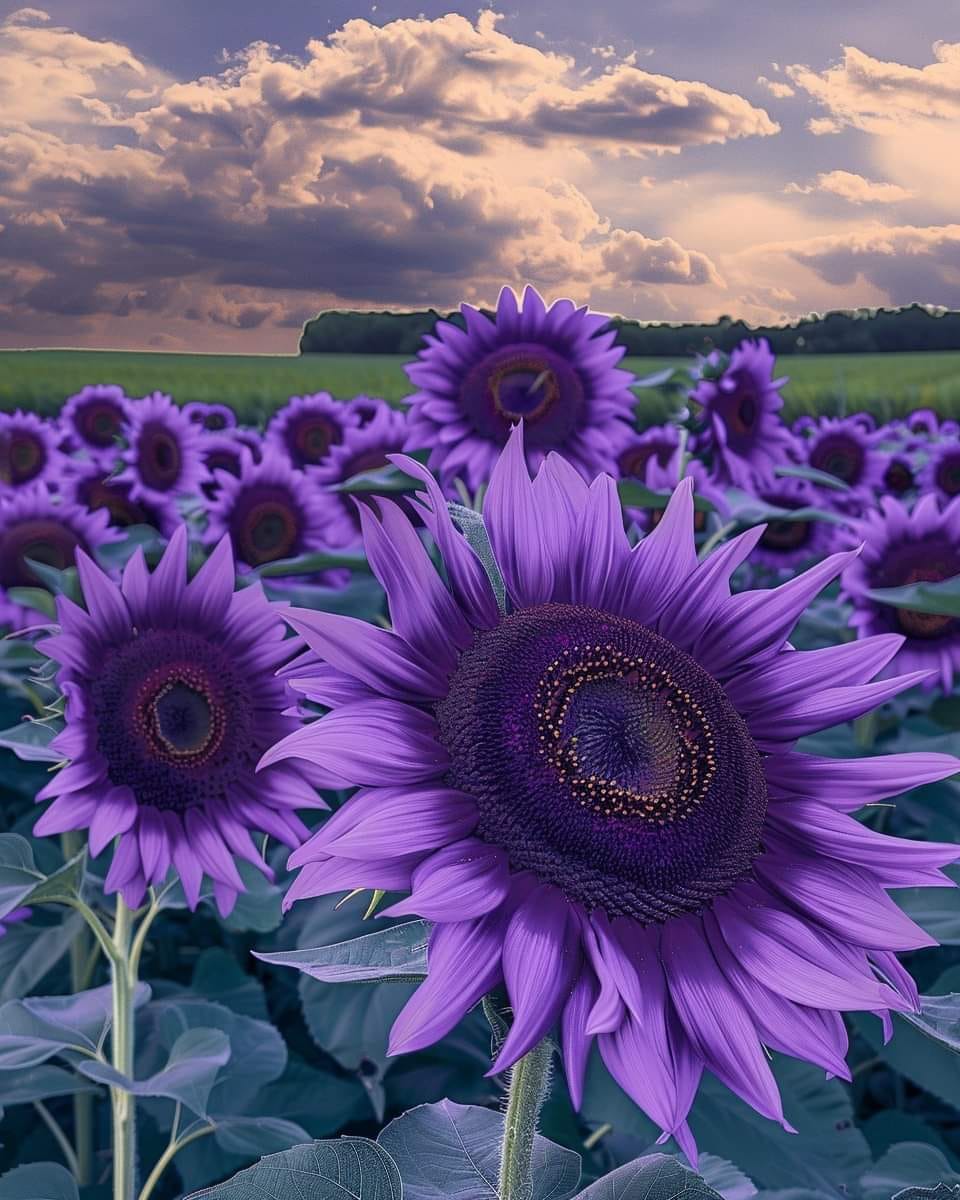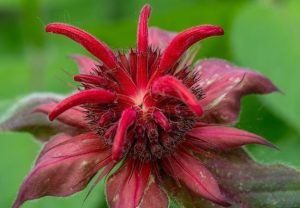Learn how to grow and care for purple sunflower plants. Discover tips for planting, maintenance and enjoying the striking beauty of these unique sunflowers in your garden.
Purple sunflowers are a stunning and unique variety of the beloved sunflower family. Their rich, deep hues add a touch of elegance and surprise to any garden. In this guide, we’ll explore how to grow and care for these beautiful plants, from seed to bloom.
Understanding Purple Sunflowers

Here is a completed chart with detailed information about Purple Sunflowers:
| Category | Details |
|---|---|
| Botanical Name | Helianthus annuus ‘Purple Sun’ |
| Common Name | Purple Sunflower |
| Plant Zone | 3-10 |
| Sun Exposure | Full sun |
| Soil Type | Well-drained, rich in organic matter |
| Watering | Regular, keep soil consistently moist but not waterlogged |
| Growth Habit | Upright, branching |
| Height/Spread | 3-6 feet tall, 1-3 feet wide |
| Special Features | Unique purple petals, large and striking blooms, attracts pollinators like bees and butterflies, adds vibrant color to gardens, can be used for cut flowers, prefers sunny locations and well-drained soil |
Before we dive into growing tips, let’s learn a bit about purple sunflowers:
What Are Purple Sunflowers?
Purple sunflowers are not actually purple throughout. They typically have:
- Dark purple to burgundy petals
- Brown or black centers
- Green foliage similar to traditional sunflowers
Popular varieties include:
- Chianti Hybrid
- Chocolate Cherry
- Moulin Rouge
Are They Natural?
Purple sunflowers are not genetically modified. They’re the result of careful breeding to enhance naturally occurring purple pigments.
How to Grow Purple Sunflowers
Growing purple sunflowers is similar to growing traditional sunflowers. Here’s a step-by-step guide:
1. Choosing the Right Location
Purple sunflowers need:
- Full sun (6-8 hours of direct sunlight daily)
- Well-draining soil
- Protection from strong winds
2. Preparing the Soil
- Test your soil pH (sunflowers prefer 6.0 to 7.5)
- Add compost or well-rotted manure to enrich the soil
- Ensure good drainage
3. Planting Purple Sunflower Seeds
- Plant after the last frost date in your area
- Sow seeds 1 inch deep and 6 inches apart
- Thin to 1.5 to 2 feet apart when seedlings are 3 inches tall
4. Watering
- Water deeply but infrequently to encourage deep root growth
- Keep soil moist but not waterlogged
5. Fertilizing
- Use a balanced, slow-release fertilizer at planting time
- Avoid high-nitrogen fertilizers, which can delay flowering
6. Supporting the Plants
- Stake taller varieties to prevent wind damage
- Use soft ties to avoid stem injury
Caring for Purple Sunflowers
Once your purple sunflowers are established, they need ongoing care:
1. Pest Control
Common pests include:
- Aphids
- Sunflower moths
- Birds (attracted to seeds)
Control methods:
- Use insecticidal soap for aphids
- Install bird netting to protect seeds
- Remove infected plants promptly
2. Disease Prevention
Purple sunflowers can be susceptible to:
- Fungal diseases like powdery mildew
- Bacterial diseases
Prevention tips:
- Ensure good air circulation
- Avoid overhead watering
- Remove debris from around plants
3. Deadheading
- Remove spent blooms to encourage more flowers
- Leave some late-season blooms for birds if desired
4. Winter Care
- Purple sunflowers are annuals in most regions
- Remove plants after they die back in fall
- Save seeds for next year’s planting
Enjoying Your Purple Sunflowers
Purple sunflowers aren’t just beautiful in the garden. Here are some ways to enjoy them:
1. Cut Flowers
- Cut stems early in the morning
- Place in water immediately
- Change water every few days
2. Dried Arrangements
- Hang upside down in a dry, dark place
- Use in dried flower arrangements
3. Seed Harvesting
- Let flower heads dry on the stem
- Cut when back of head turns brown
- Hang to dry further, then remove seeds
4. Attracting Wildlife
- Leave some flower heads for birds
- Plant to attract bees and butterflies
Frequently Asked Questions
How tall do purple sunflowers grow?
Most purple sunflower varieties grow 5-6 feet tall, but some dwarf varieties only reach 2-3 feet.
Are purple sunflowers edible?
Yes, the seeds of purple sunflowers are edible, just like traditional sunflowers.
How long do purple sunflowers bloom?
Purple sunflowers typically bloom for 2-3 weeks, with the overall blooming period lasting from mid-summer to early fall.
Can I grow purple sunflowers in containers?
Yes, dwarf varieties of purple sunflowers can be grown in large containers (at least 12 inches deep).
Growing purple sunflowers can add a unique and striking element to your garden. With their rich, deep hues and familiar sunflower shape, they’re sure to be a conversation starter. By following these planting and care tips, you can enjoy the beauty of these special flowers throughout the growing season.
Remember, like all sunflowers, purple varieties need plenty of sun and water. They’re relatively low-maintenance once established, making them a great choice for both novice and experienced gardeners.
Whether you’re looking to add variety to your cutting garden, attract wildlife, or simply enjoy their beauty in your landscape, purple sunflowers are a wonderful choice. Happy gardening!



